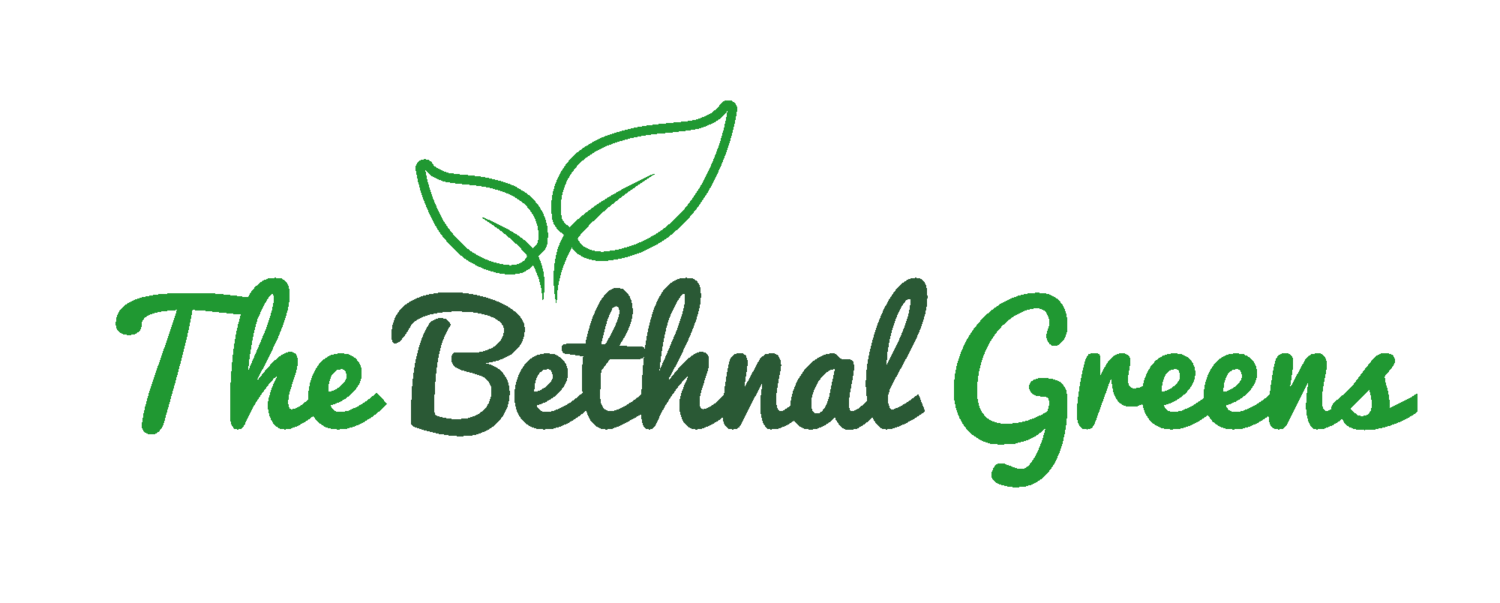Tempered Raw Chocolate
Chocolate, like many denatured foods out there, has developed into an unhealthy treat, despite many studies promoting its health benefits. I like to consider it a superfood – now, while I consider most edibles from the plant kingdom to have superpowers, those I hold out as superfoods are those that are an excellent supplement to a healthy diet and, as in the case of raw cacao, also tap into our pleasure sensors.
Making chocolate is comparable to baking bread. It involves a relatively easy process, uses minimal ingredients, is cost effective and - most importantly - fills our home with the wonderful scent that rivals that of any of our favourite chocolate shops.
Within the realm of chocolate products, raw cacao powder is king. It is a great addition to smoothies, and adding a tablespoon of raw cacao powder to two chopped and frozen bananas and some water can make a smoothie that will bring you close to 20% of your daily iron recommendations, not to mention a whole host of other nutrients, polyphenols and antioxidants. The powder is also a lighter option as the fat (cacao butter) has been removed.
Cacao paste, aka liquor or cacao mass, is 100% cacao bean, and therefore includes the cacao butter. This can be melted, and with the addition of a sweetener, made into a very dark chocolate. Cacao butter is a concentration of the fat present in the bean and can be added to mellow out flavours.
We enjoy the taste of darker chocolate and so have adapted the basic chocolate recipe by Mathew Kenney and Meredith Baird in Raw Chocolate to suit our preferences (we found theirs to be too heavy and sweet). Because the recipe is for a raw chocolate, it is possible to taste and adjust (by adding more cacao paste or cacao butter) as you go along to achieve your perfect chocolate flavour and consistency. The recipe below is for a dark base and can include many other ingredient and flavour combinations. So far we have tried one batch with raw sprouted and dehydrated buckwheat (see “rodots" above) and another (see below) with mint (1 tsp food-grade essential oil), raisins (1/2 cup) and pistachios (1/2 cup).
Basic kitchen equipment is required – this includes a thermometer and kitchen scales. Some patience is essential for optimal results. If you have chocolate moulds, great, otherwise pouring the mixture onto baking paper works well for a free-formed brittle bar (although this option does not produce a high gloss result). A double boiler (bain marie) will be used to melt the cacao paste and cacao butter. For a bain marie, you will need a large pot and a tempered glass bowl that will sit on top of the pot. The pot should be deep enough to allow for enough water to be heated in it to create the steamy conditions to melt the cacao butter without the base of the glass bowl coming into contact with the heated water.
Water and chocolate are not the best of friends, so make sure that all surfaces, instruments and moulds are dry. If water does come in contact with your mixture, the chocolate may not temper, but that does not mean that all is lost. The chocolate will be just as delicious but it will need to be kept in the fridge as it will melt at room temperature.
Ingredients:
- 250g cacao paste
- 150g cacao butter
- 1/3 cup or 80ml maple syrup
- 1/2 tsp salt
Method: (see video below)
- Place the pot with water on the stove and bring the water to 40C.
- Meanwhile grate the cacao paste and cacao butter into a large tempered glass mixing bowl and place on top of the pot of heated water.
- Turn the heat under the pot to its lowest setting and begin to stir the flaked cacao butter and paste. Continue stirring throughout until the mixture has melted completely.
- Keep the thermometer handy as you do not want to let the cacao mixture reach a temperature above 30C. The pot and bowl will not be hot to the touch (human body temperature is 37C).
- At first it will seem like not much is happening. If the temperature drops then raise the heat a little, otherwise be patient, and the mixture will begin to melt a little on the bottom and will slowly clump up before melting into a more liquid consistency.
- Once the mixture has turned liquid, remove the glass bowl from the heat. There will be moisture on the bottom of the bowl, so be sure not to let it drip onto any surfaces or instruments that you are using (for reasons mentioned above).
- Add the maple syrup and any flavourings or other additional ingredients. Gently fold them into the mixture.
- Pour the mixture into moulds or onto baking parchment. I have used Baby Green’s plastic plates and they work well as they are a little flexible and allow the cooled chocolate to pop out.
- Now for the hard part. DO NOT TOUCH (or try your best not to) your chocolate for 24 hours so that it can properly solidify. Lick the bowl, the utensils and enjoy the aroma, and tomorrow, same time, take a large bite of your delicious, healthy and raw homemade chocolate!






